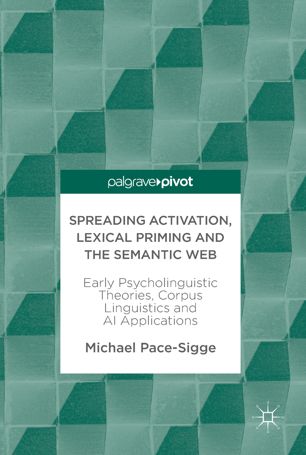

Most ebook files are in PDF format, so you can easily read them using various software such as Foxit Reader or directly on the Google Chrome browser.
Some ebook files are released by publishers in other formats such as .awz, .mobi, .epub, .fb2, etc. You may need to install specific software to read these formats on mobile/PC, such as Calibre.
Please read the tutorial at this link: https://ebookbell.com/faq
We offer FREE conversion to the popular formats you request; however, this may take some time. Therefore, right after payment, please email us, and we will try to provide the service as quickly as possible.
For some exceptional file formats or broken links (if any), please refrain from opening any disputes. Instead, email us first, and we will try to assist within a maximum of 6 hours.
EbookBell Team

4.3
18 reviewsThis book explores the interconnections between linguistics and Artificial Intelligence (AI) research, their mutually influential theories and developments, and the areas where these two groups can still learn from each other. It begins with a brief history of artificial intelligence theories focusing on figures including Alan Turing and M. Ross Quillian and the key concepts of priming, spread-activation and the semantic web. The author details the origins of the theory of lexical priming in early AI research and how it can be used to explain structures of language that corpus linguists have uncovered. He explores how the idea of mirroring the mind’s language processing has been adopted to create machines that can be taught to listen and understand human speech in a way that goes beyond a fixed set of commands. In doing so, he reveals how the latest research into the semantic web and Natural Language Processing has developed from its early roots. The book moves on to describe how the technology has evolved with the adoption of inference concepts, probabilistic grammar models, and deep neural networks in order to fine-tune the latest language-processing and translation tools. This engaging book offers thought-provoking insights to corpus linguists, computational linguists and those working in AI and NLP.